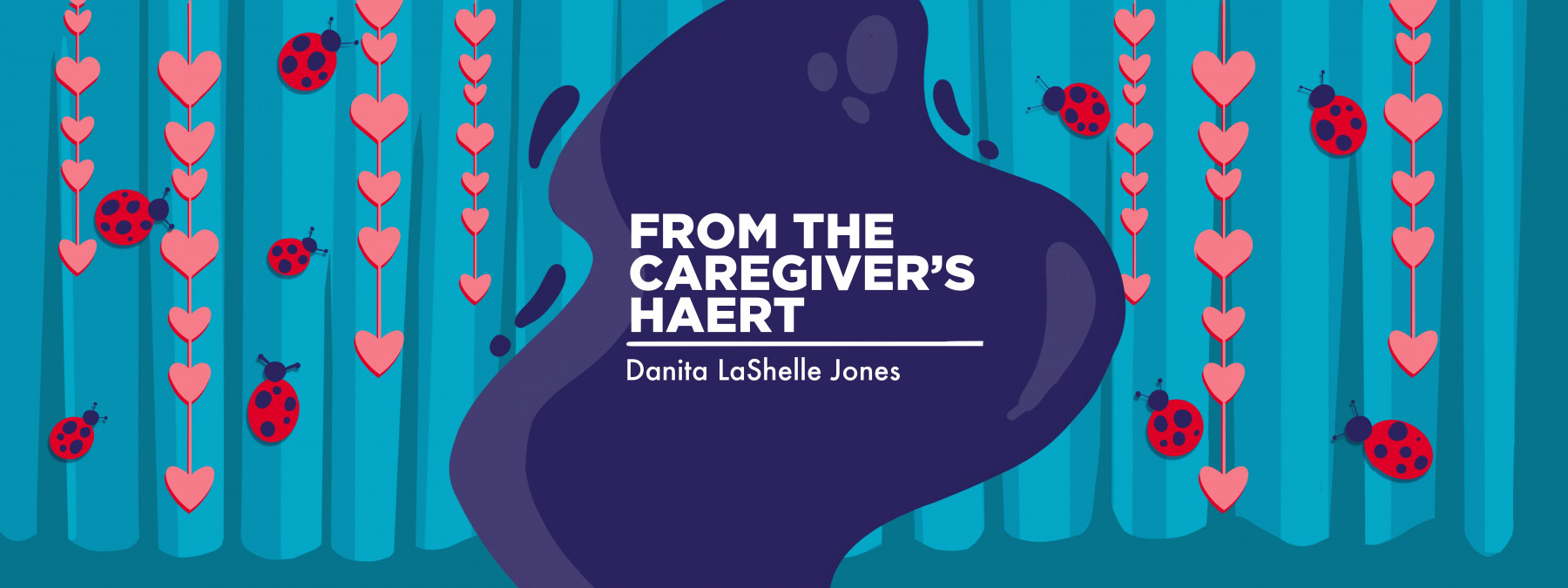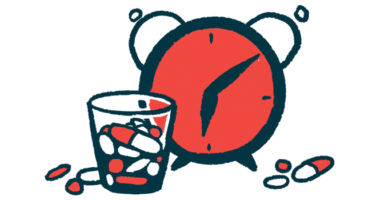Having Good Help in the Right Places

In my mind, it happened in slow motion. I didn’t have time to react in real time as my poor compact car was broadsided by a vehicle that had ill-timed the changing of the light.
Sixteen-year-old me was stunned and bleeding, but grateful I could get out of the car. Because one of my friends was following me, she instinctively drove to the event where my parents were and retrieved my dad. Before I knew it, I was in the presence of a concerned officer, my father, and a crowd of my parents’ concerned friends.
While it was clear I didn’t need any stitches and nothing was broken, by the time my parents and I reached the emergency room, I was sore, sleepy, and pulling small chunks of glass out of my hair. Although the ER wasn’t full, it matched the speed of a sleepy Southern town that wasn’t experiencing any significant traumas. It became increasingly evident that my parents alone weren’t enough to get me seen.
“Mr. Wilson and Mrs. Wilson?” said a voice from the other side of the lobby. When we looked up, we saw a nurse who happened to be the mother of a student my parents had taught.
“Is everything OK?” she asked as she approached us.
“She got into a car accident,” my father replied as he gestured toward me.
“And you’re still out here?” the nurse responded in disbelief. She disappeared behind swinging doors and immediately returned with a wheelchair. “Let’s get you back here so you can see a doctor.”
Thirty minutes later, that’s precisely what happened.
Later, when we were on our way home, my mother quietly whispered to my father about how thankful she was that they knew someone in the hospital. Having an advocate in the ER made my visit so much easier.
Yet, 24 years later, I was determined to navigate my daughter’s hereditary angioedema (HAE) alone. At first, I didn’t talk about it, and if people asked us what was going on with Ladybug’s (our daughter’s nickname since birth) hospital admissions, I’d find a way to skirt around her prognosis.
Finally, after a particularly arduous experience in the ER, followed by a necessary hospital admission, I found myself face-to-face with the hospital social worker.
Because we were pretty new to HAE and I had yet to find a more straightforward way to explain to people in the lobby why it was so important to get Ladybug to the triage area quickly, ER visits were becoming more stressful. It was still challenging to get her seen right away, even with visible symptoms like a swollen face or hands. Even worse, if she was experiencing stomach pain or could tell a flare was coming, it was nearly impossible to get the staff to understand that the faster Ladybug got the hereditary angioedema treatment Berinert, the better.
Unfortunately, with unpredictable flares and ever-changing hospital staff shifts, and being months away from getting approved to administer emergency medication at home, every trip to the ER became more and more stressful.
“What do you need us to do?” the social worker asked. She had become quite familiar with Ladybug’s visits and admitted that curiosity brought her to the hospital room.
“I just need someone in the ER lobby to know what she needs as soon as we come in,” I replied.
The social worker glanced over at Ladybug, who started to stir from her much-needed nap. “I’m going to talk to the ER,” she said softly. “We’ll flag her name so that they’ll know that time is of the essence every time she comes in.”
Although my knee-jerk reaction was to rebuff that solution, I agreed. It was one of the best decisions regarding Ladybug’s treatment.
As it turned out, the hospital social worker and others from the U.S. Hereditary Angioedema Association became beneficial advocates for Ladybug, even being instrumental in helping us get her home medications.
Like other chronic illnesses, HAE comes with challenges that caregivers can find difficult facing alone. Therefore, it’s essential to find people that can be part of the team you create to help navigate the complex spaces you can’t.
One of my favorite quotes is from Hellen Keller, which says, “Alone we can do so little; together we can do so much.”
It’s not about seeking special treatment; it’s about recognizing that we can’t conquer this journey by ourselves.
Note: Angioedema News is strictly a news and information website about the disease. It does not provide medical advice, diagnosis, or treatment. This content is not intended to be a substitute for professional medical advice, diagnosis, or treatment. Always seek the advice of your physician or other qualified health provider with any questions you may have regarding a medical condition. Never disregard professional medical advice or delay in seeking it because of something you have read on this website. The opinions expressed in this column are not those of Angioedema News or its parent company, Bionews, and are intended to spark discussion about issues pertaining to angioedema.








David Hunte
Thanks for sharing this Danita (You know I got a tune)
Together we can do so much.
When we're alone we need a Touch
That makes the world a better place
That fills the void, that fills the space
So grateful for the Advocate
That brought Resolution to our state
Of being in a place to share
This story of hope, Of LOVE and Care!